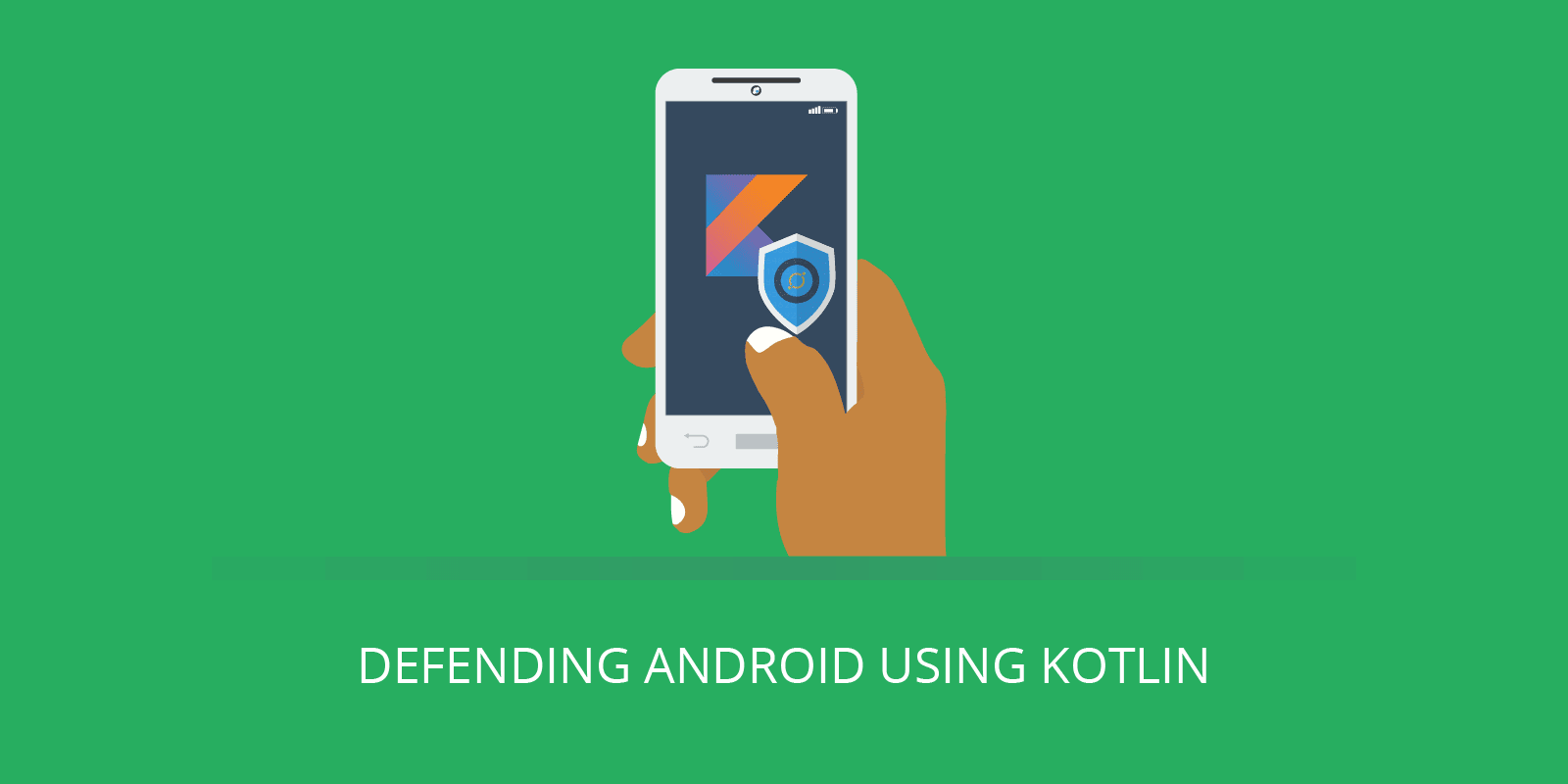The Defending Android Kotlin course details baseline guidance for developers to address vulnerabilities in Android apps by delving into the causes of common vulnerabilities and the defenses to mitigate them.
Course Learning Objectives
The OWASP Top 10 provides a list of common vulnerabilities in software application, and apps developed in Android are no exception. This course details baseline guidance for developers to address vulnerabilities in Android apps by delving into the causes of common vulnerabilities and the defenses to mitigate them.
Developers will explore secure coding practices that defend against weaknesses such as poor authentication, sensitive data leakage, weak cryptography, and injection attacks.
Description
Explore defenses against common vulnerabilities in Android applications. This course covers industry best practices in secure coding as it relates to authentication and authorization, secure data transfers, secure data storage, cryptography, and secure data ingestion.
| Audience | Time Required |
|---|---|
| Android mobile application developers Android application architects Security professionals | Tailored learning – 75 minutes total |
Course Outline
1. Authentication and authorization
- Authentication vs Authorization
- Common vulnerabilities
- Client-side authentication bypass
- No account lockout or throttle
- Insufficient password policy requirements
- Insufficient authorization requirements
- Integration with password managers
- Password management applications
- Suggest strong password at account creation
- Token management on the server side
- How OAuth2 works
- Requirements for Oauth2
- Obtain a token
- About ‘appsecret_proof
2. Secure data transfer
- Unencrypted communications
- Improper certificate validation
- Allowing access to your app content provider
- Secure Network Connections
- Certificate pinning
- Example: Certificate pinning
- Code: Implementing certificate pinning
- Signature-based permissions
- Protect sensitive information with user credentials
- Showing app choosers
- Code: Implement app chooser
3. Secure data storage
- Sensitive data stored in plaintext
- Sensitive data stored on a device
- Background apps
- Automatic snapshots
- Shared clipboards
- Screen recording and broadcasting
- Store sensitive data
- Code: Encrypting files on the SD card
- Code: Storing the master key
- Code: Store sensitive data in a Shared Preference Object
- Android Keystore and KeyChain
- Code: Store credentials in Android Keystore
- Clear data for background apps
- Sanitize the snapshot screen
- Code: Disable clipboard copy and paste
- Code: Clear last entry on clipboard
- Mask sensitive inputs
4. Cryptography
- Insufficient pseudo random key generation
- Symmetric key cryptography with hardcoded keys
- Code: Random key generation
- Password-based key derivation function (PBKDF2)
- PBKDF2 in an application
- Code: Key generation
- Code: Encryption with PBKDF2
- Implementing PBKDF2
- Code: Decryption with PBKDF2
- Cryptography vulnerabilities
5. Secure data ingestion
- About secure data ingestion
- Client-side SQL Injection
- WebView overview
- WebView input 1 of 3
- WebView input 2 of 3
- WebView input 3 of 3
- Reflection abuse
- Broken parser
- Missing scheme validation vulnerability exploitation
- Keyboard data caching
- Third-party keyboards
- Parameterizing SQL commands
- Safer SQL solution
- Data cleansing against XSS
- Disable local file access
- Disable UITextField caching
- Detect third-party keyboards
